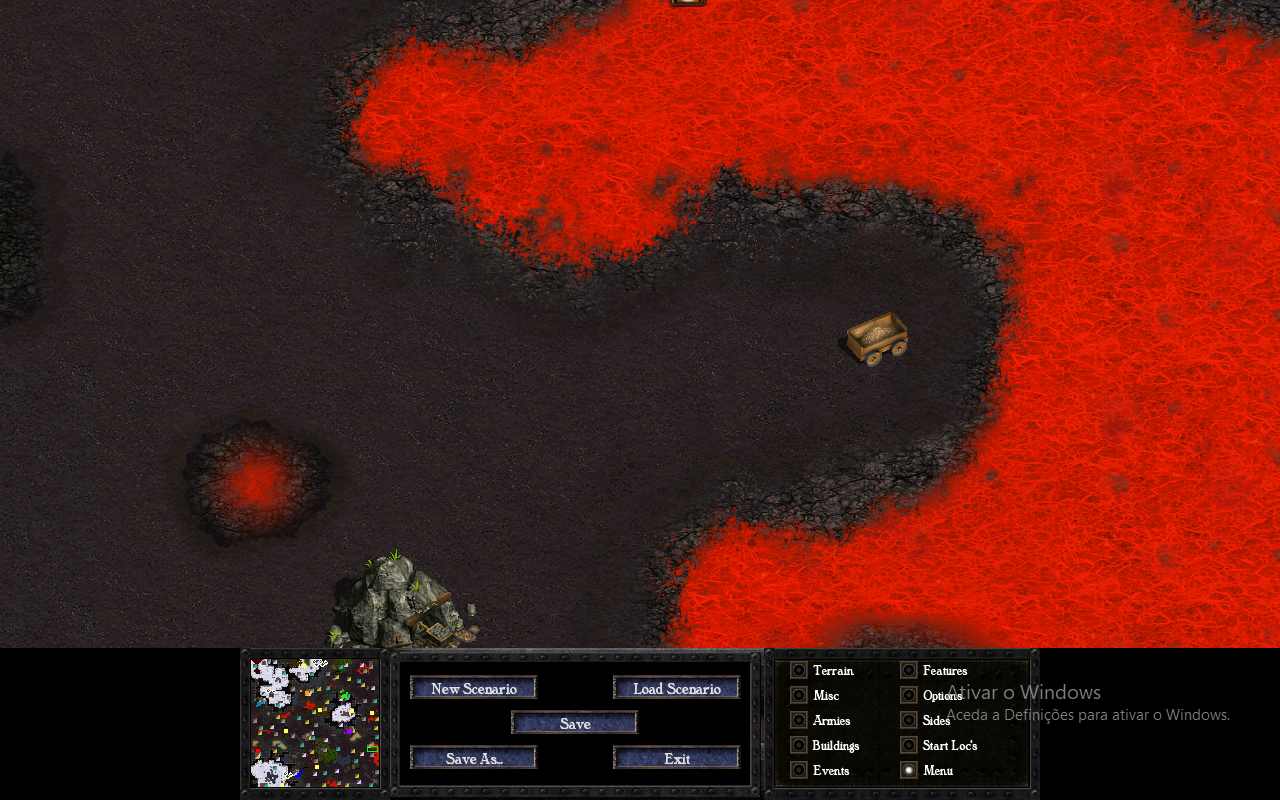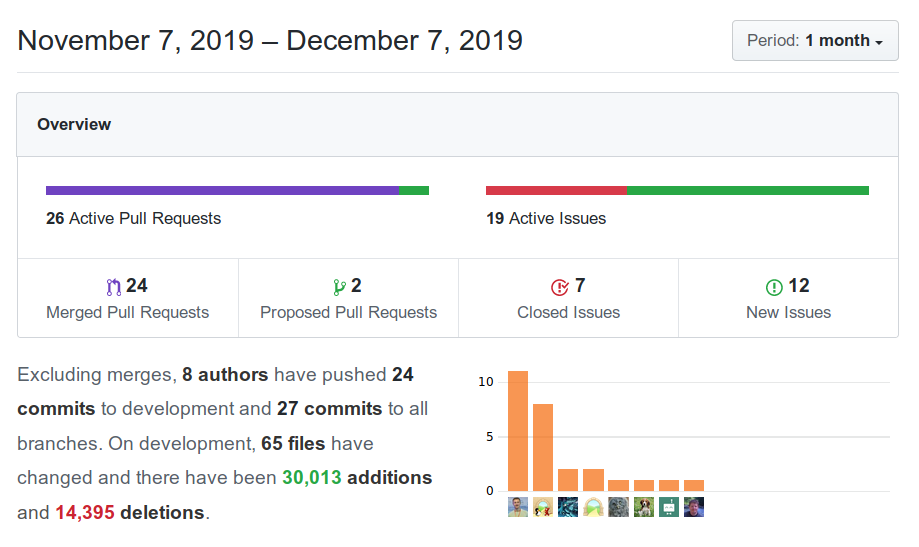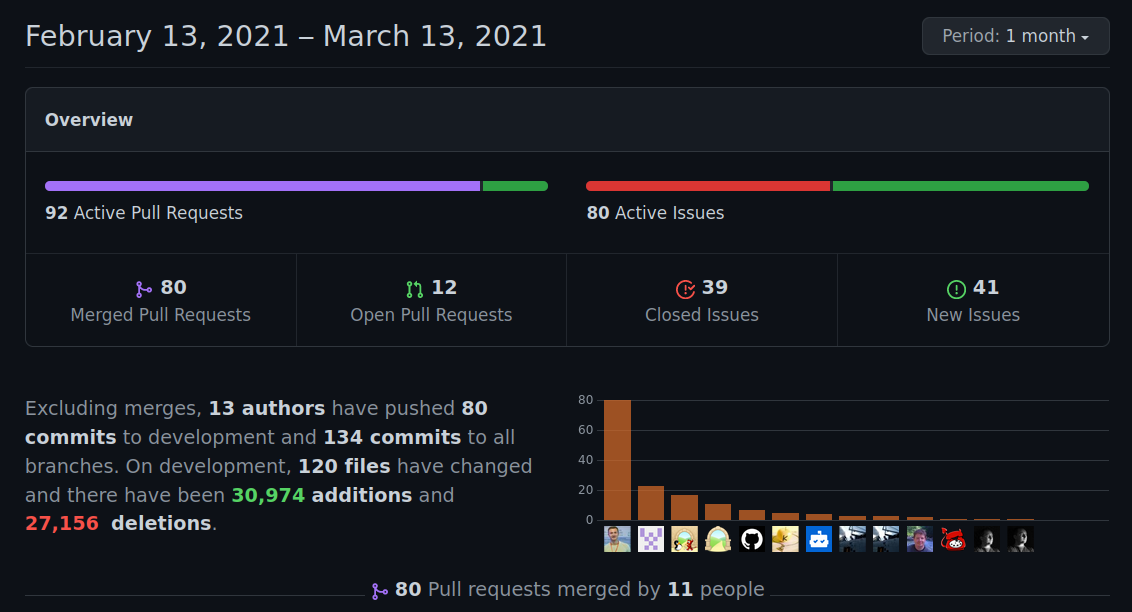

The mapper will mostly figure all of this out for you, but be prepared for strange behavior sometimes. Taking a turbolift can cause that room to link to multiple rooms from the same direction. Entering a ship essentially will be like a new zone/area/plane.
Mudlet mapper tutorial password#
Turbolifts, password doors, entering/exiting structures and ships, and various other non-directional movement all cause unique behavior. The search checks the criteria against the room name and will only work for connected rooms. There is a command to search for a room with a given word or string of text. The notes should be visible when you hover the mouse over a room as well. Along with this there is a command to search for all nearby bookmarks. I’ve added a “command” room flag, as well as 3 “way point” markers (Alpha, Bravo, Charlie) for various other flagging needs. In the meantime, just know that you only have to map an area once! If this is done, then the mapper will work pretty much flawlessly and eliminate this drawback entirely. I have put in a request to the imms to change the exit MSDP to provide VNUM pairs for each exits. It’s somewhat annoying to deal with at first, especially if you are use to the previous version. Exits must be built by walking both directions. This means the mapper will not actually draw the room until you retrace your steps the other direction. It doesn’t assume the room you enter will lead back to the room you came from. The way this mapper works is a little slower and more cumbersome than the previous version. This is much more reliable for data integrity and allows only the rooms needing to be displayed on the map to be loaded into memory, rather than every single room in the whole galaxy! Hooray for efficiency and data safety!

Now for the good news! The mapper saves all of this data in a SQLite database now.

My save state file was around 43,000 lines by the time I had mapped almost every planet. Previously all room data was being saved to a MUSHclient plugin “save state.” Not only is saving in this manner somewhat volatile in terms of the data loss potential in the event of a power outage, it also uses up a lot more memory than necessary once you have built up a substantial number of rooms. Any maps you built with the old version are incompatible with the update. Let’s get the bad news out of the way first. It will currently block you from highlighting text behind it.)Īuto-Mapper Update: Some good news and bad news about this update. (Todo: Making it so you can copy text in the split popup window. This one is made to preserve color and more closely mimic the way the C/ZMud screen splitting on scroll works. I pushed the change to Johnson on GitHub as well.Īdded Split Screen On Scroll: A modified version of the Current_Output_Window plugin that Nick Gammon made. It’s definitely good to know if a message was internal or external. Some big updates to the client, mostly back end stuff.īug fix: Johnson’s chat window plugin had a minor typo in the regular expression that was preventing the preface, for clan messages, from showing up in the chat window. If you have any bugs, suggestions, or want to help out with this project.
Mudlet mapper tutorial code#
If anyone feels they’ve been overlooked, my apologies! I dug up most of the contributors from the XML file in code comments, descriptions, or the saved author for the plugin. I’ve added a credits intro screen as well. It uses MUSHclient as the foundation and has added functionality from various plugins that me and other member of the community have made. Just for clarity this is not a client made from scratch. I’ll probably be fine tuning this and many other things in the future. I just got the auto mapper working well enough that I feel it is okay to release it to the public. This client will run “out of the box” without any configuration, or at least that is my goal.

Mudlet mapper tutorial install#
My goal is to make Lotj more appealing to the masses by giving them easy access to the various plugins the community has made without having to dig them up, install them, and configure them themselves. If you’ve been playing Lotj recently, I’m sure you’ve heard me yammering on about my LotjClient project.


 0 kommentar(er)
0 kommentar(er)
